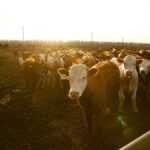
Klassen: Feeder market heating up
Volumes thin with auction barns in holiday mode
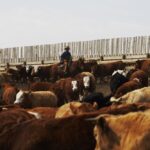
Klassen: Feeder market in consolidation mode
Feeder values in West showing premium over U.S.
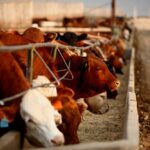
Klassen: Feeder market remains firm
Canada's feeder exports down off year-ago levels

Timely rains needed to sustain yields in Canada and U.S.
Dry fields have pushed planting progress ahead of normal rate

Klassen: Feeder market heating up
Wholesale beef prices climbing

Klassen: Drier conditions will influence feeder market
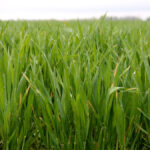
Brazil crop uncertainty boosts corn market
Commercial buyers struggle to find old crop supplies of soy
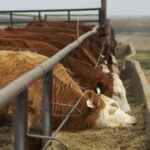
Klassen: Stronger fed cattle prices underpin feeder complex
Limited feed and forage hinder further upside

Ontario soybean production expected to rise
Better margins than other crops should bump up acreage



